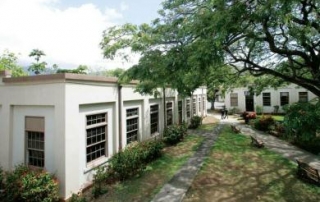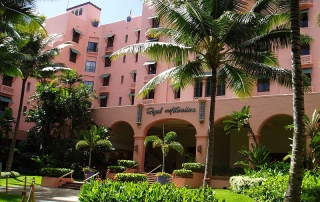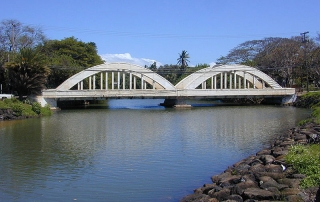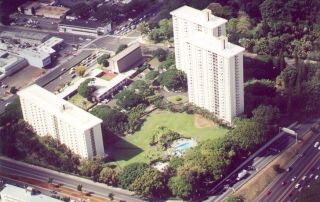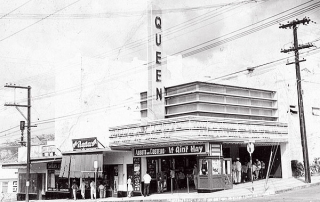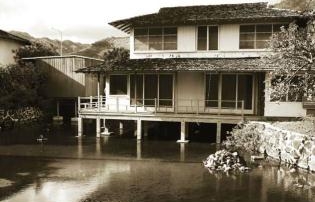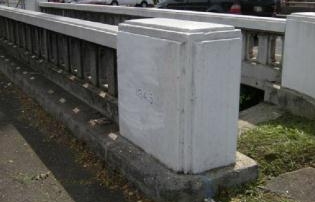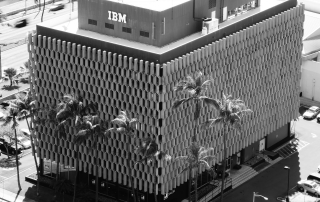University of Hawaii at Manoa Engineering Quads
What Is It? These four buildings next to the University of Hawai‘i at Manoa’s Campus Center constitute some of the oldest buildings on campus—their small size a reminder of how much the school has grown since its early days. One of them, the Engineering Materials Testing Laboratory, built in 1915, is predated only by Hawai‘i Hall. The buildings housed the Engineering School until 1959. Today, they provide a home for Ka Leo, UH’s student newspaper, the Board of Publications, Student Support Services, Duplicating Services and the now-empty Beau Press. What threatens it? A proposed $38 million expansion of the Campus Center that would include a fitness center and gym for students, as well as a heritage corridor commemorating the university’s 100-year-history. The footprint of the new complex, at least as it’s currently planned, lies directly over the historic quad, meaning the four buildings would need to be demolished to make way. Astrid Liverman, architectural branch chief at the state Historic Preservation Division, says, “It’s ironic that in order to build a Heritage Corridor, they’re going to remove the heritage.” What can be done? Because UH Mānoa is a state agency, it’s required by law to get the concurrence of the SHPD before starting any project that impacts historic property. Liverman has thus far opposed the idea of demolishing the Engineering Quad buildings, and says she’s holding out either for a revised plan that incorporates the four buildings into the new complex, or at least a compromise that saves some of the buildings. Kathy Cutshaw, the UH Mānoa vice chancellor for administration, finance and operations, is overseeing the project, but didn’t return our calls.


